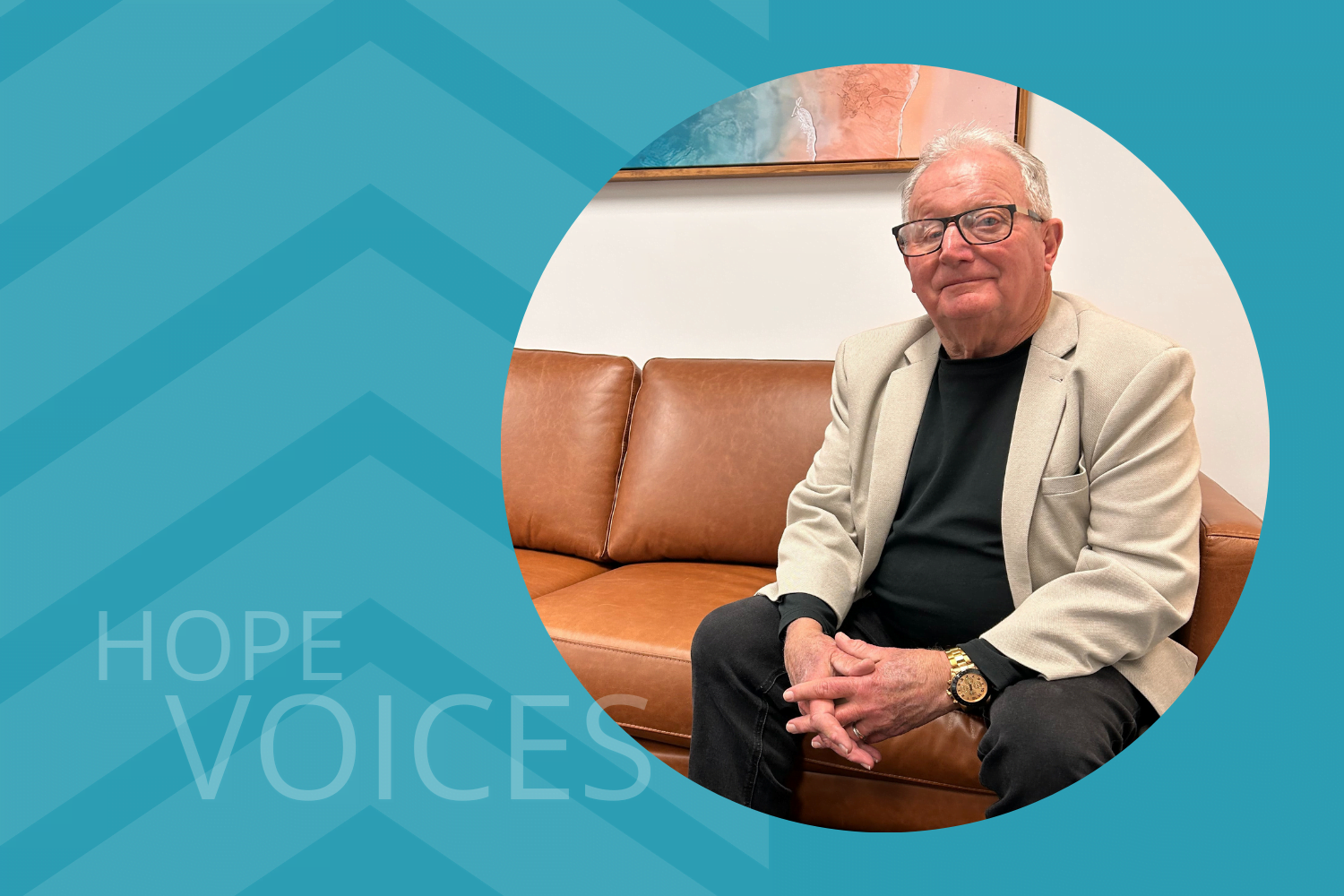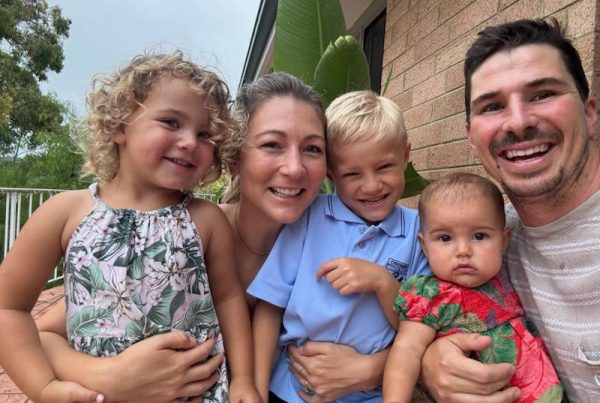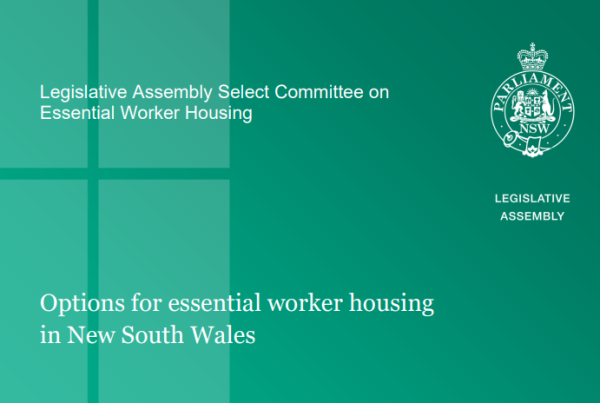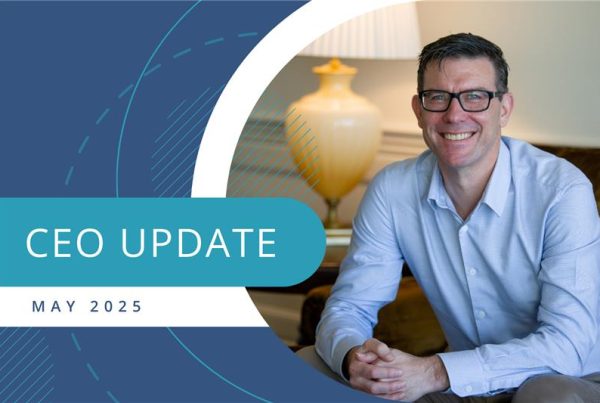
They say birds of a feather flock together, and the partnership between industry super fund pioneer Denis Carroll and HOPE Housing is a perfect example. In 2022, Denis and CEO Tim Buskens connected over a shared passion for solving the home ownership crisis. Denis was motivated to work with the then-fledgling fund, helping the team attract institutional capital and establish a presence in the Queensland region.
We sat down with Denis to learn more about his background and his views on how Australia’s greatest savings innovation, superannuation, will be instrumental in driving its next significant financial breakthrough: shared equity.
Tell us a little bit about your background
After a career in public service, I was called on to lead the establishment of a new super fund
initially called The Civil Aviation Authority Staff Superannuation Fund in 1990. (We soon changed the name to AvSuper). This fund was a breakaway from the Commonwealth Superannuation Scheme (CSS) and was created to offer specialised superannuation services tailored to semi-Government employees in the aviation sector.
During my tenure, we successfully transitioned a third of all aviation services staff into the fund. AvSuper ultimately merged with Australian Retirement Trust (ART) this year, with around $2.43 billion in funds under management and more than 4,800 members.
Tell us about your involvement in the early days of the Fund Executives Association (FEAL)
Over 20 years ago, many of the multibillion-dollar industry super funds we know today were just startups. I was part of a group of executives that started an organisation where fund executives could share ideas, discuss challenges, and collaborate on growth and learning. Eventually, I chaired the organisation. My overarching memory is the amount of thought and debate put into shaping FEAL’s mission and goals. There was a lot of soul searching and incredible passion for ensuring superannuation worked as hard as possible for Australians.
It was through a close friendship with Michael Dwyer, another FEAL founding member, that HOPE came onto my radar.
Why did the HOPE shared equity model resonate so strongly with you?
Shared equity was not a new concept to me, as I had entered into a somewhat similar arrangement with my daughter when she wanted to buy her first home in Sydney. I wanted to help her move out of the family home without simply giving her cash. It has been an excellent arrangement for both me and my daughter, positively impacting her and our family in many ways.
When I heard about HOPE making this type of arrangement possible for frontline workers, the dots connected for me quickly. It was evident that institutionalising residential property as an asset class presented an incredible opportunity for superannuation funds to access the great returns of Australian residential property for the first time. The social outcomes HOPE has demonstrated are the cherry on top of shared equity, giving profit-to-member funds even more reasons to get involved.
Putting your fund manager hat on, what do you think stands out, when looking at the shared equity solution?
My fundamental principle in investing has always been, “don’t invest in something you don’t understand.” When I was CEO of AVSuper, we took a deep interest in the property sector, especially niche segments like hotels and industrial properties, and as a result were rewarded with consistently good returns.
HOPE’s unitised exposure to a diversified portfolio of quality residential assets, with a low-cost operating model that preserves total returns, is compelling. The correlation to equities and bonds is low, and any fund manager looking to provide better risk-adjusted returns should be interested based on that fact alone. But also, residential makes good sense right now, given the long-term structural headwinds the commercial property sector is experiencing. HOPE is absolutely something we would have evaluated closely had it been available in my AvSuper days.
The exposure HOPE offers to the residential property market comes with controlled risks, which is always something any fund manager should look for. The returns are strong, and while residential property has its ups and downs, Australia’s demand and supply fundamentals make it a sound place to invest.
What message do you have for superannuation funds who might be reading this?
Australia can be a nation of short-term thinkers, but HOPE Housing transcends that. It is forward-looking. I strongly believe that super funds have a critical role in addressing the housing crisis, and investing in innovative solutions like HOPE Housing is a step in the right direction. By supporting HOPE, super funds can achieve superior risk-adjusted returns while contributing to a solution with long-term benefits for the country and its people.
I’d urge funds to reignite that pioneering spirit, the one that created a superannuation system that is the envy of the modern world, and back homegrown ingenuity like the work being done at HOPE Housing. This is the type of innovation in affordable home ownership that Australia could again lead the world on, which is an inspiring thought.




